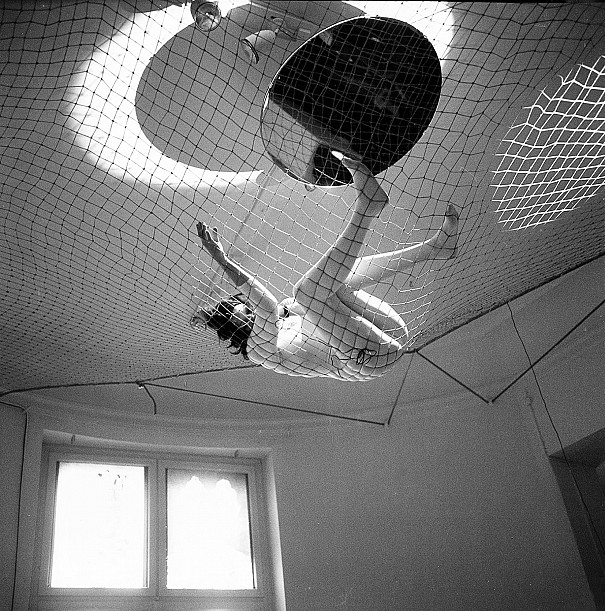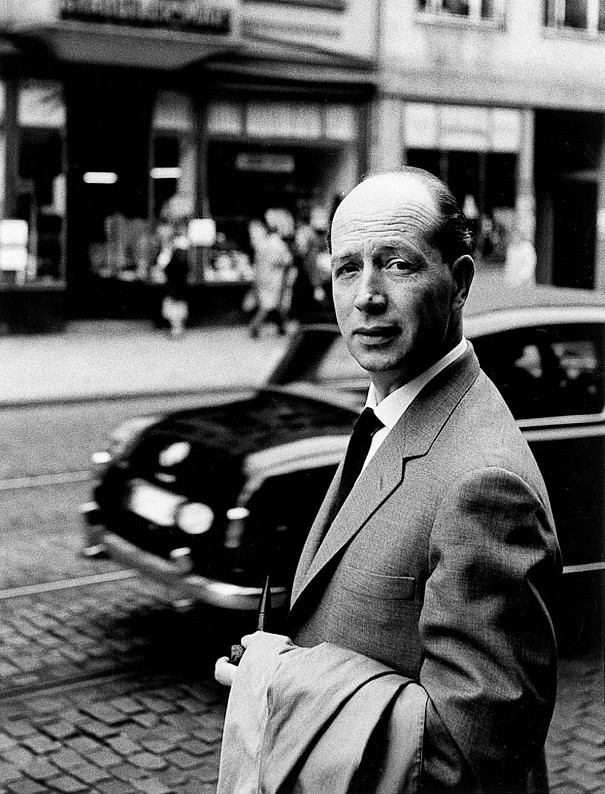Afork
A new collection area of zhe Kunstpalast is being introduced: in 2003 an archive of artistic photography of the Rhine art scene was founded. From the 1950s/1960s, when art history was increasingly characterised by actions – ranging from happenings, to performances and artistic demonstrations – photography became an adequate reflector of the world of motion art.

From the 1950s/1960s, when art history was increasingly characterised by actions – ranging from happenings, to performances and artistic demonstrations – photography became an adequate reflector of the world of motion art. Renowned photographers assumed the role of chroniclers and specialised in capturing the essence of events in pictures. From this point in time in art history, the importance of photography and work interpretation began to draw level with the word.
You can find a selection from the AFORK in the digital collection here.

The photo archive, which in the first three years of its existence has been funded jointly by the Kunststiftung NRW (art foundation of North Rhine-Westphalia) and the city of Dusseldorf, has initially concentrated on the work of three renowned protagonists of event photography: Benjamin Katz, Erika Kiffl and Manfred Leve. It is owing to Leve that the archive provides an insightful and sensitive photo documentation of outstanding Fluxus happenings of the first hour, while Katz created lively and personal photographic documents of artist friends at work, while they set up exhibitions, or in phases of creative relaxation. Kiffl depicts artists in room situations, such as studios, exhibitions and public spaces, giving the respective situation or happening a special spirituality and atmosphere by capturing the play of lights. The museum was also in a position to acquire smaller convolutes by the artistic photographers Ute Klophaus, Bernd Jansen, Hildegard Weber and Lothar Wolleh. In varying constellations, the archive is on permanent display on the first floor of the museum, adjacent to the exhibition of the photographic collection of the department of prints and drawings. It is intended to grow into a complex stock giving lively insights into the work of artists such as Beuys, Baselitz, Richter, Polke and Paik.